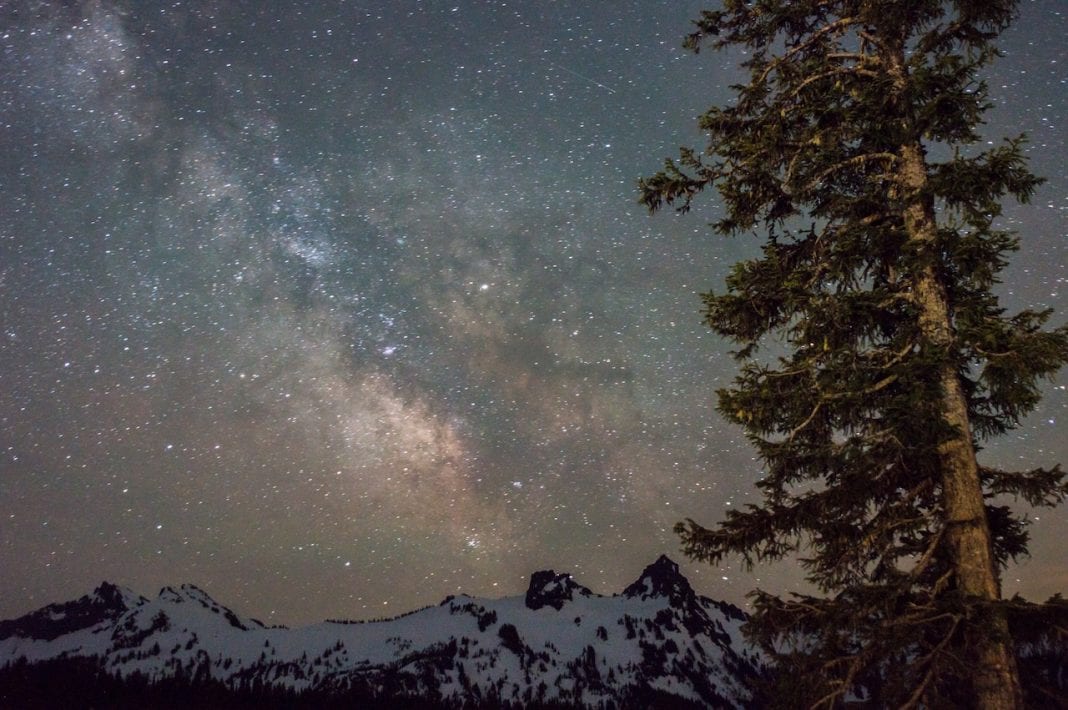This winter, embrace the long nights and dark skies by enjoying the celestial views of the night sky while stargazing in the South Sound. Stargazing can be as simple as stretching out on a blanket and enjoying a dazzling display of stars, but many would be surprised to know that our night sky in the winter is very different than the one we stare up at during the summer. As the earth rotates, our skies give us a special glimpse of seasonal stars, astronomical events and constellations that only occur during certain times of the year. Look up and let Washington’s winter night sky leave you completely mesmerized.
Where to Go
The best way to enjoy the night sky is to get as far away from city lights as possible. Light pollution, or excessive artificial light, washes out the night sky making it difficult to see a sky full of stars even on the clearest of nights. While the Puget Sound is illuminated by major cities like Seattle and Tacoma, many South Sound communities are still able to view the stars even with the light pollution from neighboring areas.
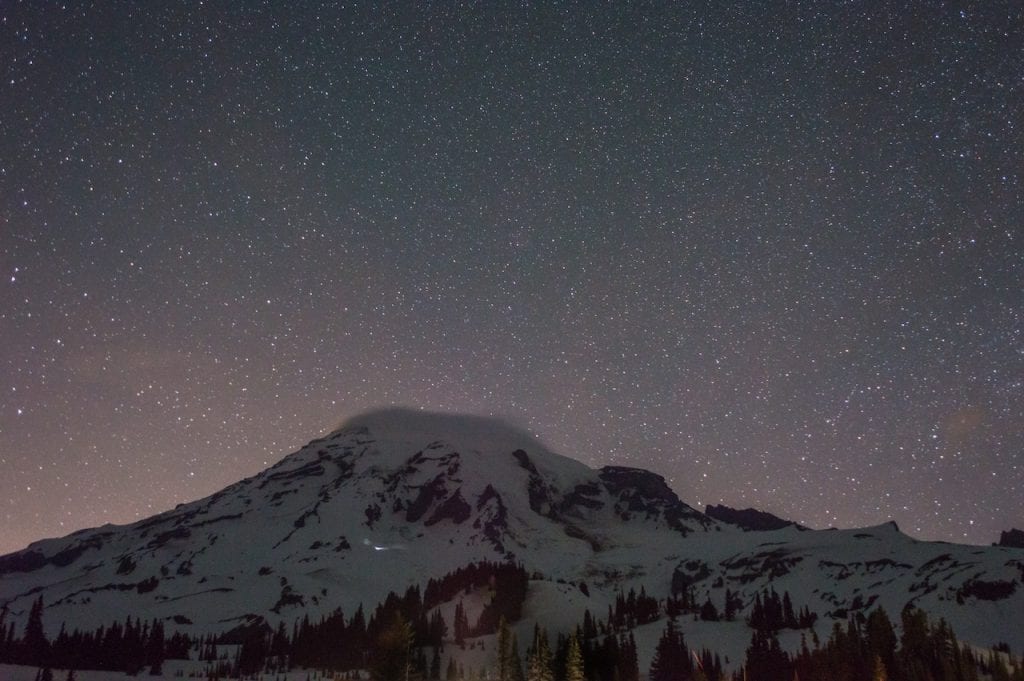
If you live in the city, head for the outskirts of town; rural parts of Pierce County like Puyallup, Lakewood and Gig Harbor provide darker skies tucked away from Tacoma’s warm glow. Pick a spot with a wide-open sky like Titlow Beach Park or pay a visit to Starry Hill in Eatonville, where their dark skies put on a fantastic show.
Throughout the year, the Tacoma Astronomical Society hosts a number of public viewing nights at Pierce College in Lakewood, showing you exactly where to look and what to look for.
For a perfect view of the cosmos, make a trip out near Mount Rainier or the Olympic National Park, where you can lose yourself in the swirl of the Milky Way galaxy and all its wonder.
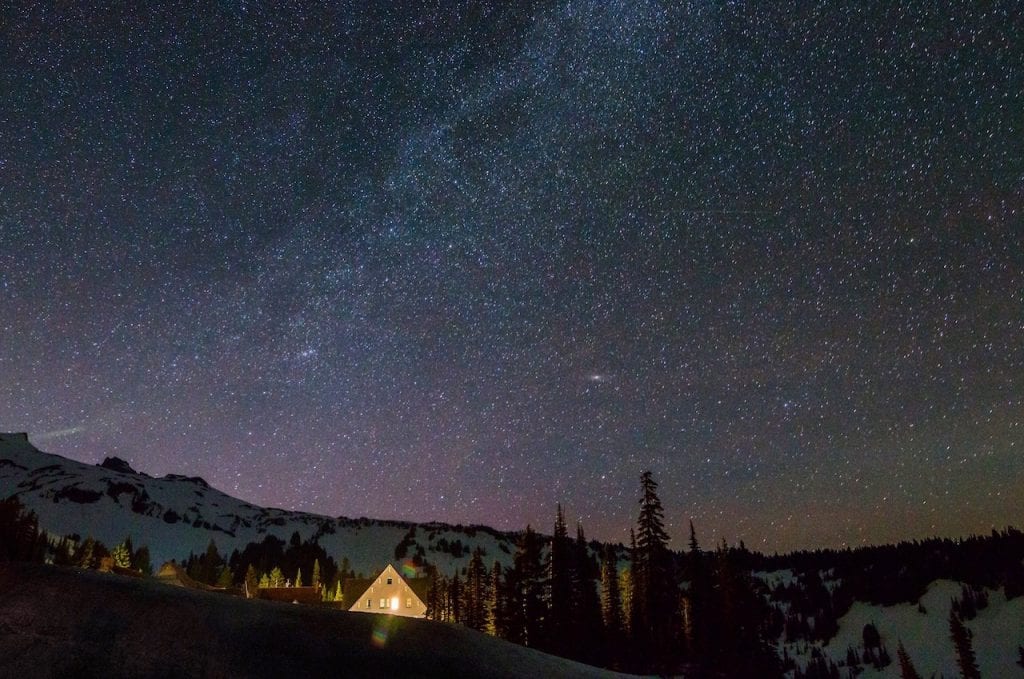
What You Can See
Throughout the winter, there are a few main celestial wonders to keep an eye out for.
Orion, one of the easiest constellations to spot, takes to the skies closely lining up three bright stars in a row. These three stars are known as Orion’s Belt or The Three Sisters, and are only visible in the Northern Hemisphere during the winter months. Orion is visible earlier in the night, rising from the eastern horizon over the Puget Sound.
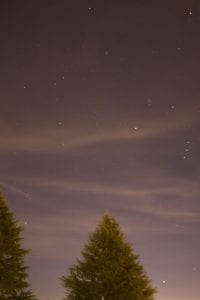
Catch a glimpse of The Seven Sisters, otherwise known as Pleiades, a cluster of stars in the Taurus constellation. Pleiades is one of the closest star clusters to the Earth, making it very easy to spot with the naked eye. This twinkling collection of stars is only visible in the Pacific Northwest from October through April, and can be spotted high in the sky to the right of the Orion constellation.
See if you can spy Sirius, the brightest star in Earth’s sky. This striking blue and white colored star sparkles in the crisp winter skies as it makes its way across the horizon. This star shines so brightly because, although it is millions of miles away from the earth, it is two times the size of our sun. Sirius appears over the Puget Sound mid-evening from December through April.
Get up early to enjoy the brilliant glow from planets like Venus and Jupiter, who rise above the South Sound just before dawn. In the evenings, keep an eye out for Mars and Saturn. If you take a look at the sky using a telescope or binoculars, you just might be able to see Saturn’s amazing rings glowing faintly in the night.
Since the sun sets early in the evening, winter is the perfect time for families to stargaze. With longer and darker nights, this makes it easy for even the youngest astronomers to help spot the dazzling wonders of the night. Bundle up, pack some hot cocoa, and keep watch for shooting stars and the glimmer of the International Space Station passing across the sky. The International Space Station is one of the more engaging things for younger kids to watch for as it moves. You can find out when to see it, down to the minute and location, and how long it will be in the sky above your location here.
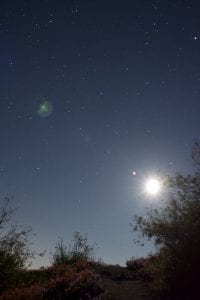
Mobile apps like Sky View, Star Tracker and SkEye give you the ability to know what’s right above, around, or below you in your currently night sky down to the second. These apps are free, interactive, and can help you find everything from specific stars, comets, and constellations, to deep space galaxies and nebulas.
Whether you’re stargazing in your backyard or out in nature, it’s good to be prepared. Stargazing on a clear night usually means freezing temperatures during the winter months. Plan to wear plenty of warm layers from head to toe, wrap yourself up in a blanket or sleeping bag, and pack a thermos of your favorite warm drink. Be sure to be aware of the weather forecast, as conditions like moisture in the air and even different lunar phases of the moon can make it difficult to see the stars clearly. Stargazing during a new moon or after the moon sets, will provide stargazers with a stellar dark view of the heavens.
Let Washington’s winter night sky amaze you with its brilliant display of the cosmos, and always remember to keep looking up.


































